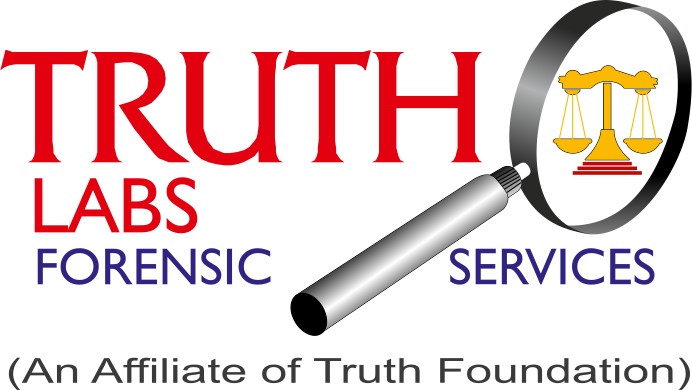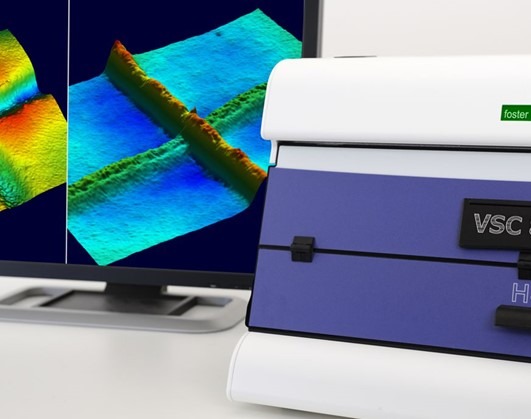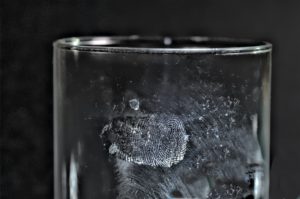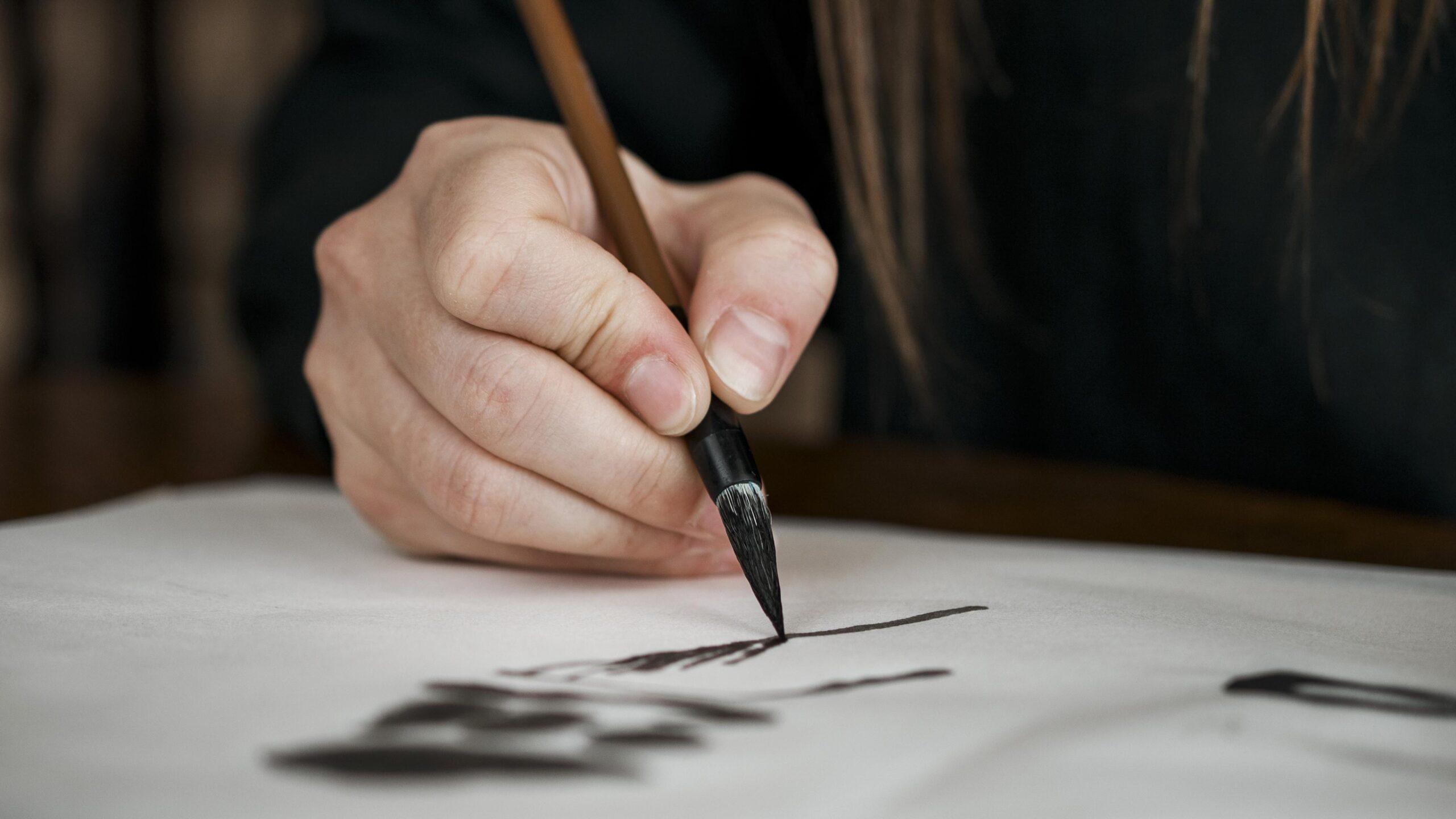Questioned document examination involves intricate study of documents to determine their authenticity, origin, or any alterations that may have undergone, and among the myriad techniques employed in this process, one factor stands out for its profound impact: light.
Light, often considered a fundamental aspect of existence, takes on a whole new significance when it comes to scrutinizing documents under the lens of forensic analysis.
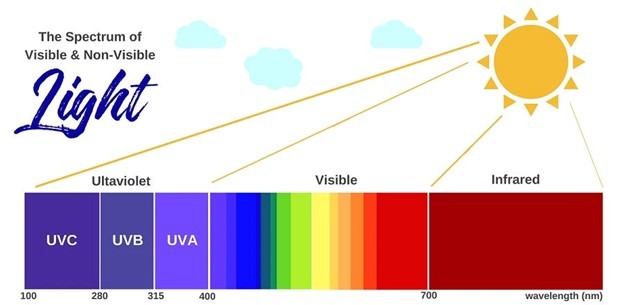
One of the primary ways light aids in document examination is through the use of various lighting sources and techniques. Forensic examiners utilize a range of lighting conditions, such as oblique lighting, transmitted light, ultraviolet (UV) light, and infrared (IR) light, to highlight different aspects of a document. These techniques can reveal alterations, indentations, watermarks, and other subtle features that may not be visible under normal illumination.
Oblique lighting, for instance, involves casting light at an angle to the surface of the document, thereby enhancing surface texture and revealing any irregularities or alterations. Transmitted light, on the other hand, involves passing light through the document to detect watermarks, alterations, or variations in thickness that may indicate tampering. UV and IR light sources unveil invisible inks, alterations, and even chemical treatments that might have been applied to the document.
The choice of lighting technique depends on the specific characteristics of the document under examination and the type of information sought. By carefully selecting and manipulating light sources, forensic experts can uncover crucial evidence that may have remained hidden to the unaided eye.
Moreover, the interaction of light with different materials provides valuable insights into the composition of documents. Paper, ink, printing methods, and even the age of a document can influence how it responds to light. For instance, variations in fluorescence under UV light can indicate different types of ink or paper, while the aging process may manifest as discoloration or degradation patterns visible under certain lighting conditions.
In addition to direct examination, digital imaging techniques further enhance the role of light in questioned document analysis. High-resolution photography, combined with various lighting setups, allows for detailed documentation and analysis of documents. Advanced imaging software can then process these images to enhance contrast, reveal hidden features, and even create three-dimensional reconstructions for further scrutiny.
The significance of light in questioned document analysis cannot be overstated. From uncovering forgeries and alterations to providing insights into the history and authenticity of documents, light serves as a powerful tool in the hands of forensic experts. By harnessing its illuminating properties, thes forensic professionals shed light on the secrets concealed within the written word, ensuring that justice and truth prevail.
Truth Labs experts use tools such as Electronic Microscope and Visual Spectral Comparator (VSC) to conduct light based questioned document examinations.
In the sensational case of national importance involving Electoral Bonds, Truth Labs report unveiled the hidden code in the SBI bond certificate allowing to conclude that an official bond was a unique number and is used for audit purposes. Read the story here: Unique Numbers in SBI Electoral Bonds
